Solvay's circular projects - some examples
A new bio-based supply chain for safe and circular materials
Not all materials are fit for a circular economy. Some contain chemicals that are hazardous for humans and the environment. These chemicals are needed to deliver on performance such as flexibility or durability, but once the use period of the product is over, these same chemicals present challenges for safe recovery and recycling.
Solvents are a good example. These are a large family of liquids that are used as a carrier for detergents, paints, inks, perfumes and many other products. Historically solvents like many other chemicals, have been derived from finite resources, such as crude oil. So as well as increasing the safety of its chemistry, Solvay is also striving to shift away from oil-based inputs towards renewable, bio-based feedstocks.
An industrial complex in Brazil shows how these two strands come together. In October 2020, Solvay inaugurated its second plant dedicated to the production of Augeo, a line of bio-based, non-toxic solvents, providing a circular alternative to the surface care and coating industries. The main feedstock for Augeo is glycerol, a natural compound derived from animal or vegetable fats.
Chemical innovation alone will not deliver a circular chemical industry. Pricing is a real issue when considering a switch to bio-based materials. As Isabelle Gubelmann-Bonneau, Solvay’s Circular Economy VP observes:
“The value chain based on oil derivatives is well established; now it’s a matter of making the bio-based value chain competitive. A systemic collaboration to transform the value chains could be a solution to explore”
Unlocking a circular value ecosystem for EV batteries
The large-scale transformation of vehicle fleets from fossil fuel combustion engines to electric vehicles (EVs) is seen as a key requirement for achieving the Paris climate change agreement.
However, increasing the number of EVs on the road per se will not on its own be enough to drive down emissions. To achieve their full climate mitigation potential, EVs will also need to be charged using clean energy, and importantly the materials and components that are used to manufacture EVs, need to be managed in a circular way. This means extending the use life of vehicles, as well as their constituent components and materials, to conserve embodied energy and resources, and avoid energy intensive extraction and processing of virgin raw materials. Creating a more circular system for EV batteries is seen as a major part of this challenge.
Batteries comprise about 25% of a vehicle’s overall weight, and have a highly complex material composition. During hundreds of charging cycles, the battery gradually degrades until it can no longer be used, but the recovery of its valuable constituent materials is extremely difficult because of the battery’s complex assembly. Some degree of material recycling from dead batteries has existed for many years, for example the plastic, aluminum and copper used in the casing. However recycling of the rarer and more valuable technology metals, has so far not scaled up.
To address this, Solvay has partnered with Veolia and Renault, establishing a consortium that includes car manufacturers and EV battery producers. The overall goal is to coordinate, collaborate and leverage respective competence across the battery value chain, with the overall aim of closing the material loop of EV batteries .









